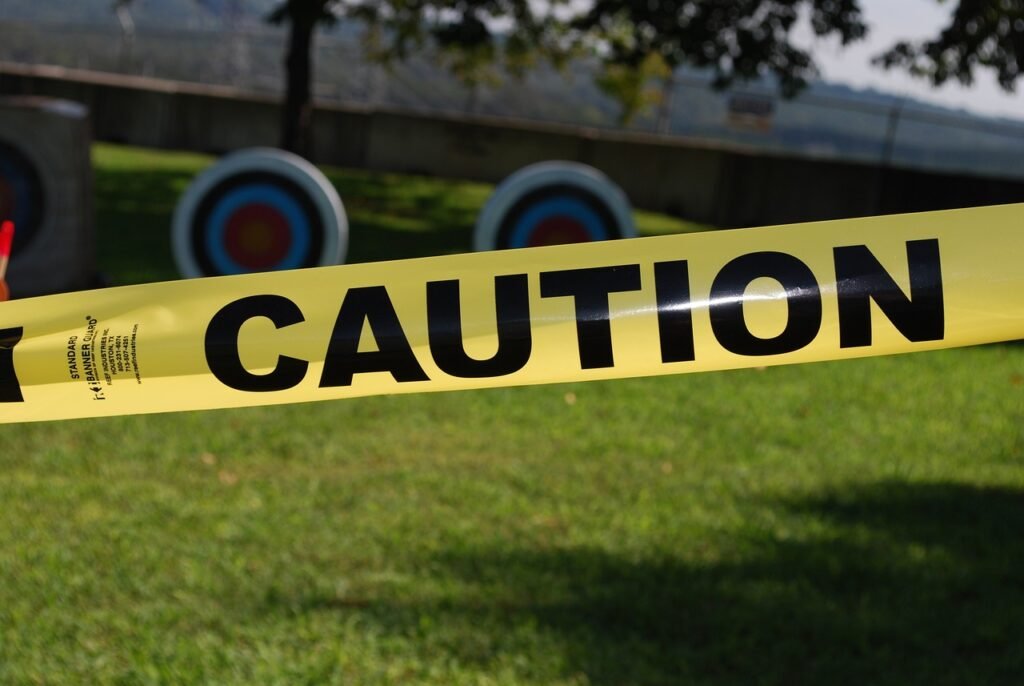
Intro
In our current, high-speed society, the desire to lose weight as quickly as possible is more prevalent than ever. With an abundance of information available, it’s crucial to discern which methods are both effective and healthy.
This guide aims to provide you with a comprehensive approach to achieve rapid weight loss without compromising your well-being.
By understanding the basics, crafting a tailored diet, incorporating intensive exercise, managing hunger, prioritizing sleep, setting realistic goals, and recognizing the risks of extreme dieting, you can embark on a journey to a healthier you with confidence.
Understanding The Basics of Rapid Weight Loss
Embarking on a rapid weight loss journey begins with comprehending the essential elements that underpin effective and healthy weight reduction.
At its core, rapid weight loss revolves around the principle of a calorie deficit, a scenario where the body expends more calories than it receives from food.
Achieving this deficit requires a delicate balance, aimed at encouraging the body to utilize stored fat for energy, thereby leading to weight loss, while simultaneously striving to maintain muscle mass, which is crucial for a healthy metabolism.
A multifaceted approach involving dietary changes, an increase in physical activity, and adjustments to daily habits is paramount for creating a significant, sustainable calorie deficit.
Adjusting your diet to reduce caloric intake doesn’t mean starvation or deprivation; rather, it involves making smarter food choices that support satiety and nutritional needs.
Similarly, integrating physical activity into your routine isn’t merely about spending hours at the gym but incorporating effective exercises that maximize calorie burn and muscle preservation.
Additionally, small lifestyle tweaks, such as increasing daily steps or improving sleep hygiene, can augment your weight loss efforts.
Understanding these basics is the first step towards designing a weight loss strategy that is not only quick but also safe and sustainable.
Keys to Losing Weight as Quickly as Possible:
1. Crafting Your Diet for Maximum Weight Loss

When it comes to achieving maximum weight loss, the composition of your diet plays a critical role.
Opting for a diet rich in protein can aid in maintaining lean muscle mass while promoting feelings of fullness, which can significantly reduce overall calorie intake. Lean meats, legumes, and dairy products are excellent sources of high-quality protein.
Emphasizing low-carbohydrate options helps to minimize insulin spikes and encourages the body to burn fat as its primary fuel source.
Incorporating a variety of vegetables not only ensures you’re getting ample fiber, which aids in digestion and satiety, but also provides essential vitamins and minerals necessary for optimal health.
Choosing whole foods over processed options is another key element in designing your diet for weight loss.
Processed foods often contain added sugars and unhealthy fats that can derail your efforts. Instead, focus on consuming foods in their most natural state to benefit from their nutrient density and avoid unnecessary calories.
Hydration is also crucial; drinking water before meals can help control appetite and support metabolic functions.
To streamline your weight loss journey, consider preparing meals in advance. Meal prepping ensures that you have nutritious, portion-controlled meals ready, preventing the temptation to indulge in less healthy options due to convenience or time constraints.
By thoughtfully selecting foods that align with these principles, you set the stage for effective and sustainable weight loss.
2. The Role of Intensive Exercise

Engaging in intensive exercise is indispensable for those aiming to maximize weight loss efficiently.
Among the most beneficial forms of physical activity for this purpose are High-Intensity Interval Training (HIIT) and strength training.
These exercises are uniquely potent due to their dual impact: they not only incinerate calories during the workout but also sustain an elevated metabolic rate well after the session has concluded. This phenomenon, known as the “afterburn effect,” is pivotal in enhancing the body’s ability to shed weight rapidly.
For optimal results, incorporating a mix of HIIT and strength training into your fitness regimen is recommended.
HIIT sessions, characterized by bursts of intense activity followed by brief periods of rest, are remarkably time-efficient, making them an excellent option for individuals with busy schedules. On the other hand, strength training, by focusing on building muscle, helps counteract the muscle loss that can sometimes accompany rapid weight loss, ensuring that your body remains strong and your metabolism vigorous.
While these workouts can be demanding, their effectiveness in fostering swift weight loss is unparalleled. It’s important, however, to listen to your body and adjust the intensity of the workouts to match your current fitness level.
Over time, as your endurance and strength improve, the intensity and frequency of these sessions can be increased to further enhance weight loss outcomes.
3. Understanding and Managing Hunger
Effectively managing hunger is crucial for anyone looking to lose weight rapidly. It involves strategic choices and habits that can help minimize unnecessary snacking and overeating.
One effective strategy is prioritizing the consumption of water; staying well-hydrated can significantly reduce the sensation of hunger, as the body often confuses thirst with hunger.
Additionally, the pace at which you eat can influence your satiety levels; eating slowly allows your body ample time to register fullness, thereby preventing overconsumption.
Choosing the right kinds of foods is also key in staving off hunger. Foods that are rich in protein and fiber are particularly effective, as they tend to be more satiating and can keep you feeling fuller for longer periods.
These include options like beans, whole grains, lean meats, and a variety of fruits and vegetables. Incorporating these into your meals and snacks can help ward off hunger pangs and provide your body with essential nutrients.
Moreover, understanding the difference between true hunger and other forms of eating is vital. Emotional eating or eating out of boredom are common pitfalls for many.
By practicing mindful eating, you can become more attuned to your body’s actual hunger signals and distinguish them from cravings driven by emotions or habits.
This mindfulness can be a powerful tool in managing your hunger and supporting your weight loss goals.
4. The Importance of Sleep and Stress Management

In the realm of effective weight loss, the role of adequate sleep cannot be overstated.
Skimping on sleep disrupts the balance of hunger-regulating hormones like ghrelin and leptin, leading to an uptick in appetite and a penchant for high-calorie foods.
Striving for a consistent 7-9 hours of restful sleep nightly is a cornerstone of a successful weight loss strategy. It not only helps in appetite regulation but also enhances your recovery from exercise, ensuring you’re in the best shape for your next workout.
Equally critical to weight management is the adept handling of stress. Chronic stress triggers the body’s release of cortisol, a hormone that has been linked to increased abdominal fat accumulation.
In a busy, often unpredictable world, finding effective ways to manage stress is paramount. Activities such as mindfulness meditation, yoga, or even simple daily walks can be powerful tools for mitigating stress.
These practices not only aid in lowering cortisol levels but also improve overall well-being, making it easier to stick to your weight loss goals.
Embracing these methods as part of your weight loss journey fosters a holistic approach to health, ensuring that you’re not just losing weight but also building a more resilient, balanced lifestyle.
Setting Realistic Goals and Tracking Progress
Achieving sustainable weight loss requires not just determination but also a strategic approach to goal setting and progress tracking.
Begin by establishing clear, attainable goals that serve as stepping stones towards your ultimate weight loss target. These smaller objectives should be specific, measurable, and time-bound to ensure they provide direction and motivation.
Celebrating the accomplishment of these milestones fosters a sense of achievement and propels you forward on your journey.
Incorporate a method of tracking that encompasses dietary habits, physical activity, and weight fluctuations. Utilizing apps or a journal to log daily food intake and exercise can offer invaluable insights into your progress and areas that may need adjustment.
Weekly weigh-ins are beneficial, but it’s crucial to remember that fluctuations are normal and to focus on long-term trends rather than daily numbers.
Monitoring your progress in this structured manner not only keeps you accountable but also allows for the identification of patterns that could be impacting your weight loss.
Adjustments can then be made in real-time, ensuring that your approach remains aligned with your body’s needs and your overall health goals.
This systematic tracking and goal-setting approach lays the foundation for enduring success, guiding you steadily towards your weight loss aspirations without losing sight of the broader picture of health and well-being.
The Dangers of Extreme Dieting and the Importance of Professional Guidance

Embarking on a rapid weight loss journey with extreme dieting poses significant risks to your health.
Methods that promise quick results, such as severe caloric restriction or the elimination of entire food groups, can have adverse effects, including malnutrition, decreased energy levels, and long-term metabolic damage.
Such practices not only undermine your physical health but can also impact your mental well-being, leading to an unhealthy relationship with food.
To navigate the path to weight loss safely, the expertise of healthcare professionals is invaluable.
A registered dietitian or a certified nutritionist can design a diet plan that ensures you’re receiving essential nutrients while still losing weight effectively.
Additionally, consulting with a fitness expert can help you create an exercise regimen that suits your current level of fitness and your weight loss goals, preventing injury and promoting sustainable health benefits.
Leveraging professional guidance facilitates a balanced approach to weight loss, emphasizing gradual, consistent progress over rapid, but potentially harmful, results. This not only ensures the preservation of your health but also enhances the likelihood of maintaining weight loss over the long term.
Adopting a measured, informed approach to weight loss, with the support of professionals, sets the foundation for achieving your health goals while safeguarding your well-being.
Pin this post to read later



